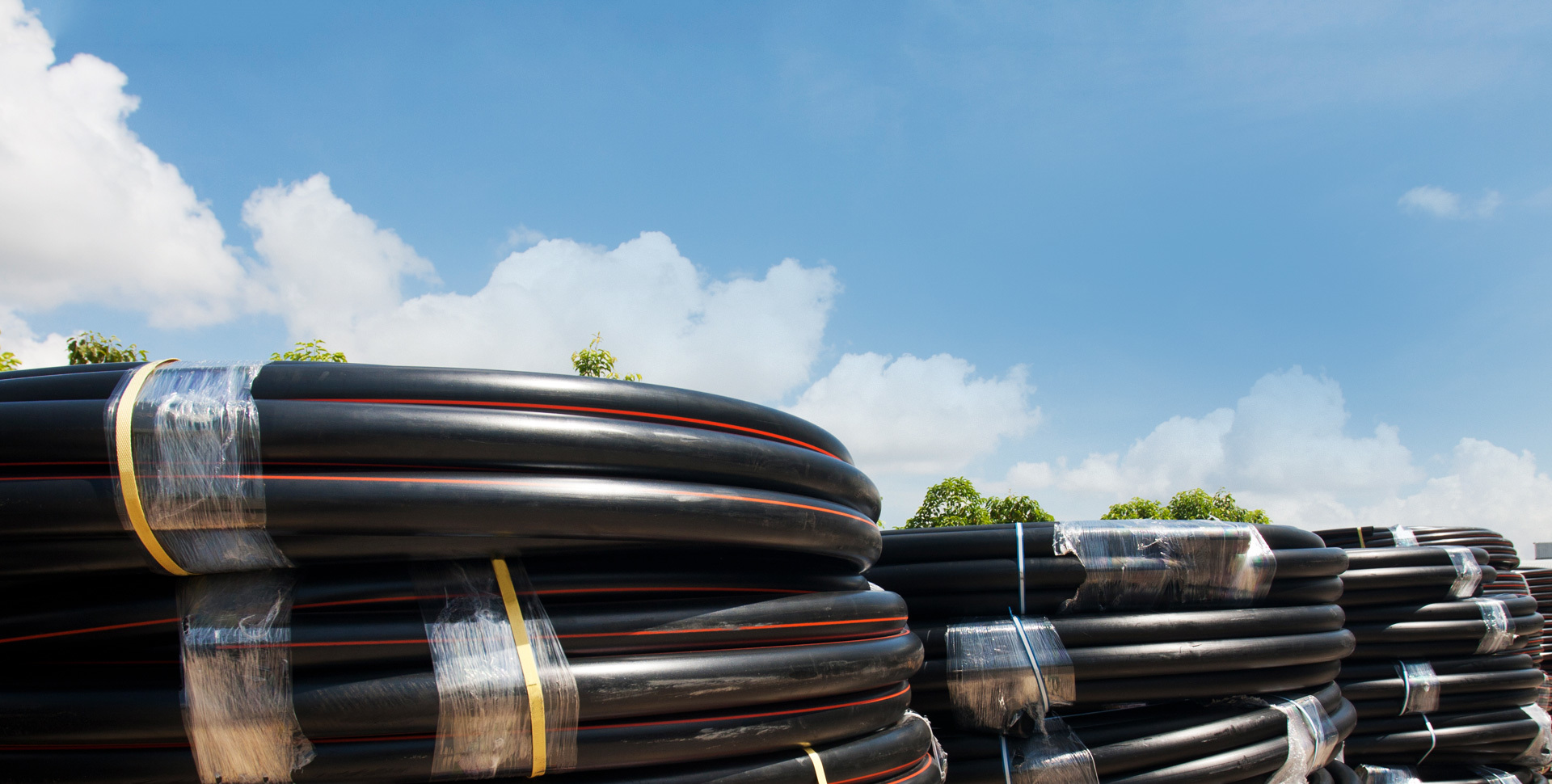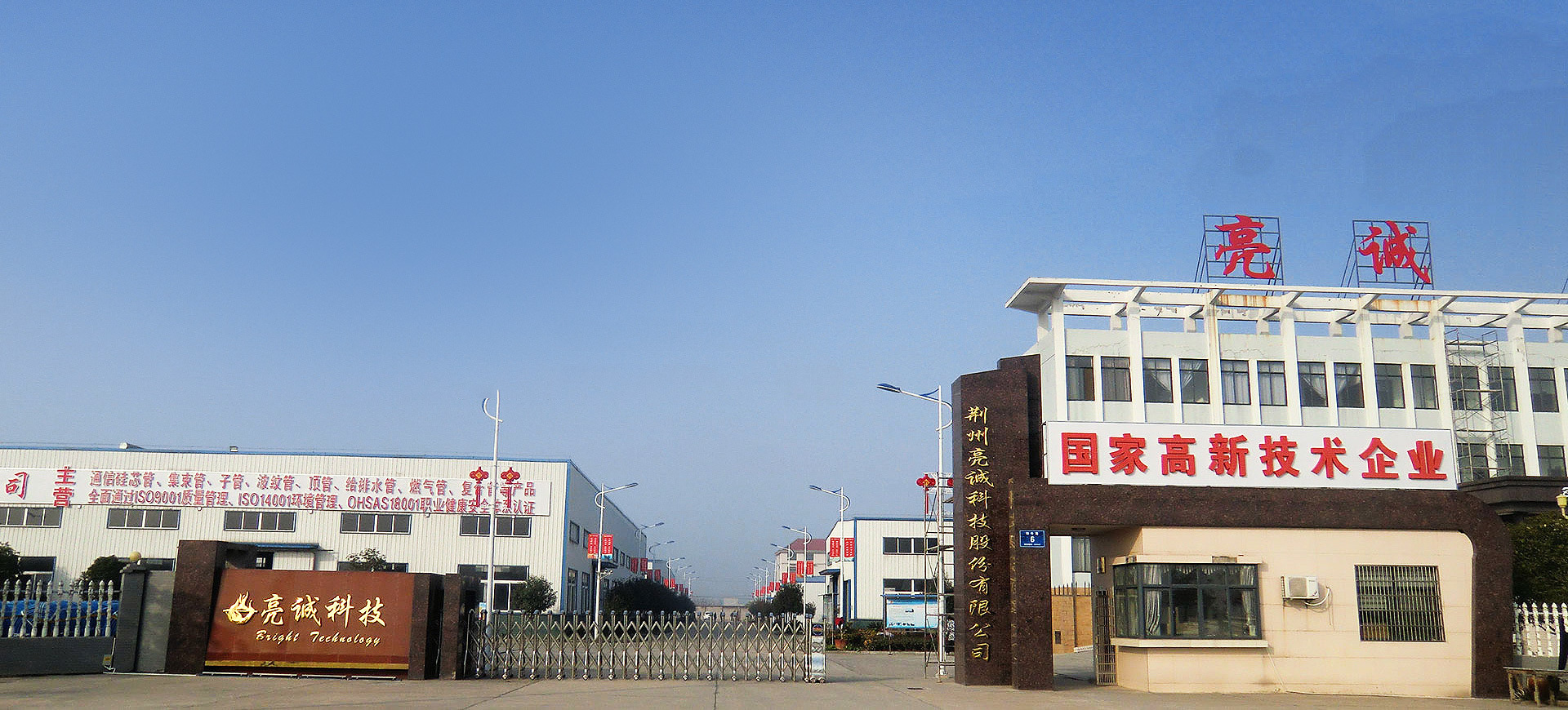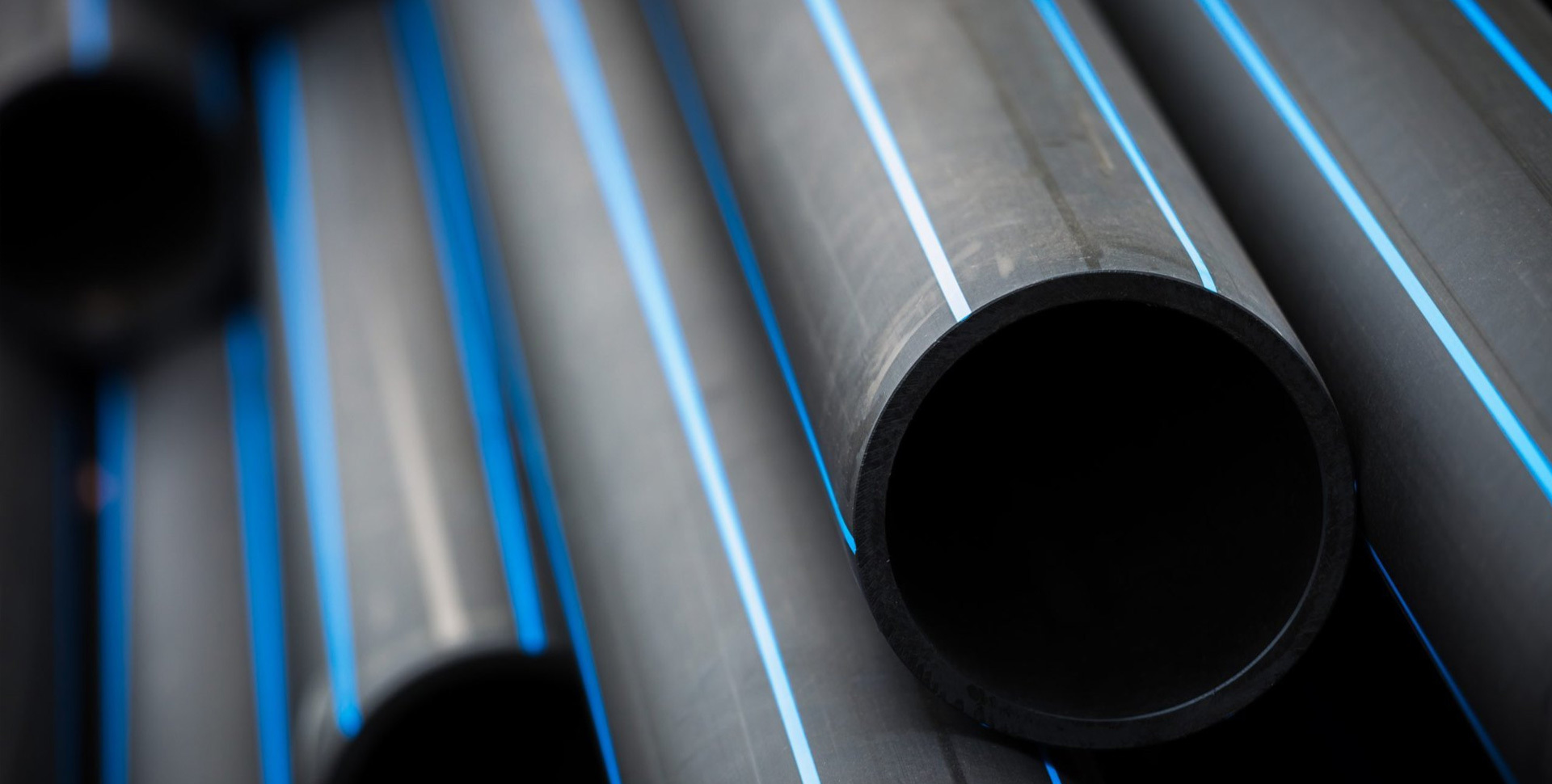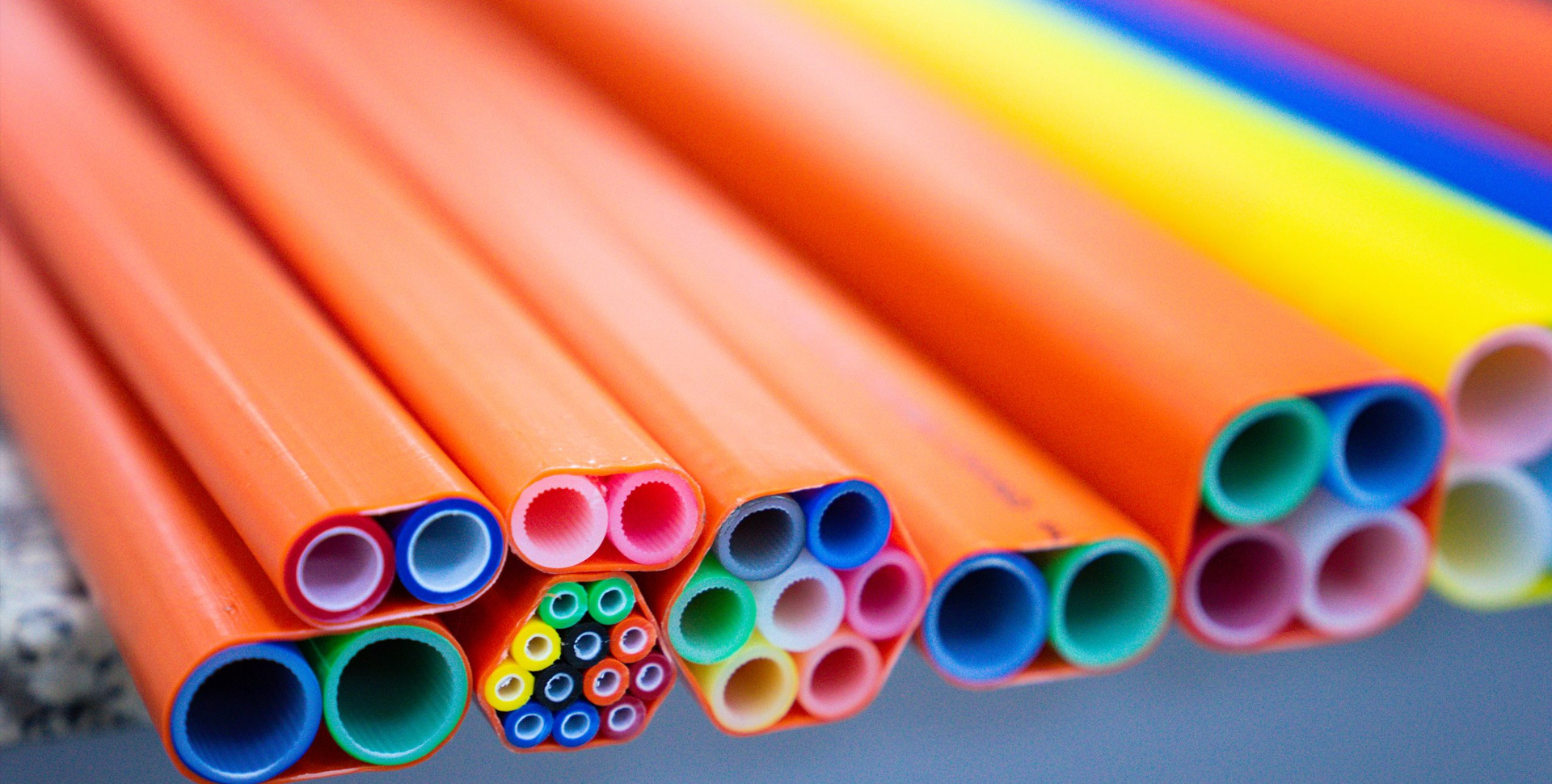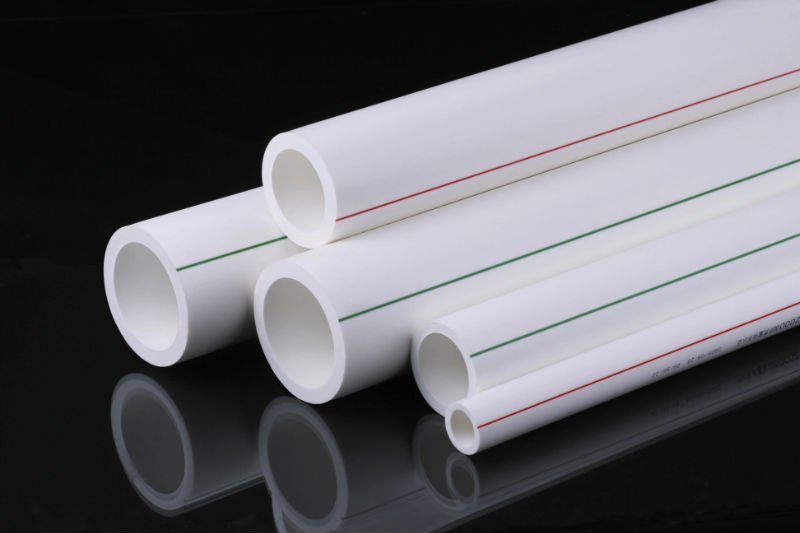Breaking Barriers: How Multi-Hole Optical Tubes are Revolutionizing Connectivity
Jan 06,2025
Breaking Barriers: How Multi-Hole Optical Tubes are Revolutionizing Connectivity
Table of Contents
- 1. Introduction to Multi-Hole Optical Tubes
- 2. Understanding the Concept of Multi-Hole Optical Tubes
- 3. Key Design Features of Multi-Hole Optical Tubes
- 4. Advantages of Using Multi-Hole Optical Tubes
- 5. Applications of Multi-Hole Optical Tubes in Various Industries
- 6. Technological Advancements and their Impact on Connectivity
- 7. Future Trends in Optical Tube Technology
- 8. Frequently Asked Questions
- 9. Conclusion
1. Introduction to Multi-Hole Optical Tubes
The rapid advancement of technology has continuously driven the need for more efficient and reliable communication systems. In this landscape, **multi-hole optical tubes** have emerged as a pivotal solution, enhancing connectivity across various sectors. These tubes not only streamline the installation process but also improve the performance of optical networks, offering a multitude of benefits that traditional single-hole designs cannot match.
2. Understanding the Concept of Multi-Hole Optical Tubes
Multi-hole optical tubes are specialized conduits designed to house multiple optical fibers within a single casing. This design allows for the simultaneous transmission of numerous data streams, making it an ideal choice for environments where space is at a premium. The unique architecture of these tubes promotes better organization of fibers and reduces installation complexity.
2.1 The Structure of Multi-Hole Optical Tubes
The structure of multi-hole optical tubes typically consists of a robust outer casing made from materials such as **polyethylene** or **PVC**, which provides protection against environmental factors. Inside, multiple holes are strategically placed to hold individual optical fibers, ensuring that they remain secure and organized. This configuration not only minimizes signal loss but also allows for easier upgrades and repairs in the future.
2.2 Comparison with Traditional Optical Tubes
When compared to traditional optical tubes, multi-hole designs offer several significant advantages. Traditional tubes often require more space and can lead to complicated installations, particularly in dense urban environments. Multi-hole optical tubes, on the other hand, maximize space efficiency and simplify the setup, leading to reduced installation times and lower labor costs.
3. Key Design Features of Multi-Hole Optical Tubes
The effectiveness of multi-hole optical tubes can be attributed to their innovative design features, which include:
3.1 Enhanced Fiber Protection
The multi-hole design ensures that each fiber is well-protected from external stresses, such as bending and crushing. This protection is crucial for maintaining signal integrity over long distances.
3.2 Modular Configurations
These tubes are often designed to be modular, allowing for easy expansion and customization. Users can add or remove fibers as needed without significant reconfiguration.
3.3 Lightweight and Durable Materials
Constructed from lightweight yet durable materials, multi-hole optical tubes are easy to handle and transport. Their resilience against various environmental conditions ensures longevity and reliability.
4. Advantages of Using Multi-Hole Optical Tubes
Implementing multi-hole optical tubes in a networking system provides numerous advantages, including:
4.1 Cost Efficiency
By consolidating multiple fibers into a single tube, companies can save on material costs and reduce installation labor expenses. The modular nature of these tubes further enhances cost-effectiveness during upgrades.
4.2 Improved Signal Quality
Multi-hole optical tubes minimize signal degradation by reducing the number of connections and joints, which can often lead to loss of quality. This ensures high-speed data transmission with minimal interruptions.
4.3 Simplified Maintenance
The organized layout of fibers within the tubes allows for easier identification and access during maintenance tasks. This not only reduces downtime but also enhances the overall efficiency of the network.
5. Applications of Multi-Hole Optical Tubes in Various Industries
The versatility of multi-hole optical tubes makes them suitable for a wide range of applications across various industries:
5.1 Telecommunications
In telecommunications, multi-hole optical tubes facilitate the rapid deployment of fiber optic networks, enabling high-speed internet and communication services to reach underserved areas.
5.2 Data Centers
Data centers benefit from the efficient organization of multiple fiber connections, which is essential for managing the enormous amounts of data traffic they handle daily. Multi-hole tubes help maintain optimal performance levels in these critical infrastructures.
5.3 Smart Cities
As cities become smarter, the demand for reliable connectivity grows. Multi-hole optical tubes support the extensive network of sensors and devices needed for smart city applications, ensuring seamless communication between systems.
5.4 Industrial Automation
In industrial settings, robust and dependable communication systems are vital. Multi-hole optical tubes support the data needs of automated processes, ensuring real-time monitoring and control.
6. Technological Advancements and their Impact on Connectivity
The advent of advanced technologies, such as **5G** and **IoT**, has reshaped the landscape of connectivity. Multi-hole optical tubes play a crucial role in this transformation by providing the infrastructure needed to support high-speed data transmission and connectivity.
6.1 5G Implementation
5G technology requires dense networks of fiber optics to handle the increased data demands. Multi-hole optical tubes simplify the deployment of these networks, making them a vital component in the rollout of 5G services.
6.2 IoT Solutions
With the rise of IoT devices, there is a growing need for efficient data transmission systems. Multi-hole optical tubes enable the seamless integration of multiple devices within a single network, facilitating real-time data exchange and enhanced communication capabilities.
7. Future Trends in Optical Tube Technology
The future of optical tube technology is bright, with several exciting trends emerging:
7.1 Integration with AI and Analytics
As artificial intelligence and data analytics become more prevalent, the integration of these technologies with optical tube systems will lead to smarter, more responsive networks capable of self-optimization.
7.2 Enhanced Security Features
With increasing concerns about data security, future multi-hole optical tubes may incorporate advanced security features to safeguard against unauthorized access and potential breaches.
7.3 Greater Sustainability Efforts
As industries move towards greener practices, optical tube manufacturers are likely to focus on sustainable materials and production methods, contributing to more environmentally friendly networking solutions.
8. Frequently Asked Questions
8.1 What are multi-hole optical tubes?
Multi-hole optical tubes are conduits designed to house multiple optical fibers within a single casing, facilitating efficient data transmission and organization.
8.2 How do multi-hole optical tubes differ from traditional optical tubes?
Multi-hole optical tubes are more space-efficient and simplify installation while offering improved protection and organization of optical fibers compared to traditional tubes.
8.3 What industries benefit from multi-hole optical tubes?
Industries such as telecommunications, data centers, smart cities, and industrial automation all utilize multi-hole optical tubes for enhanced connectivity.
8.4 Are multi-hole optical tubes cost-effective?
Yes, multi-hole optical tubes can be more cost-effective due to reduced material and installation labor costs, as well as simplified maintenance.
8.5 What future trends should we expect in optical tube technology?
Future trends include the integration of AI and analytics, enhanced security features, and greater sustainability efforts in the production of optical tubes.
9. Conclusion
Multi-hole optical tubes are breaking barriers in the world of connectivity, offering significant advantages over traditional optical fiber solutions. As technology continues to evolve, these innovative tubes will play a critical role in addressing the growing demands for high-speed data transmission across various industries. Their ability to enhance performance, reduce costs, and simplify maintenance makes them an indispensable component of modern networking infrastructures. By embracing this technology, businesses can position themselves at the forefront of the digital revolution, ensuring they remain competitive in an increasingly connected world.
Latest News

